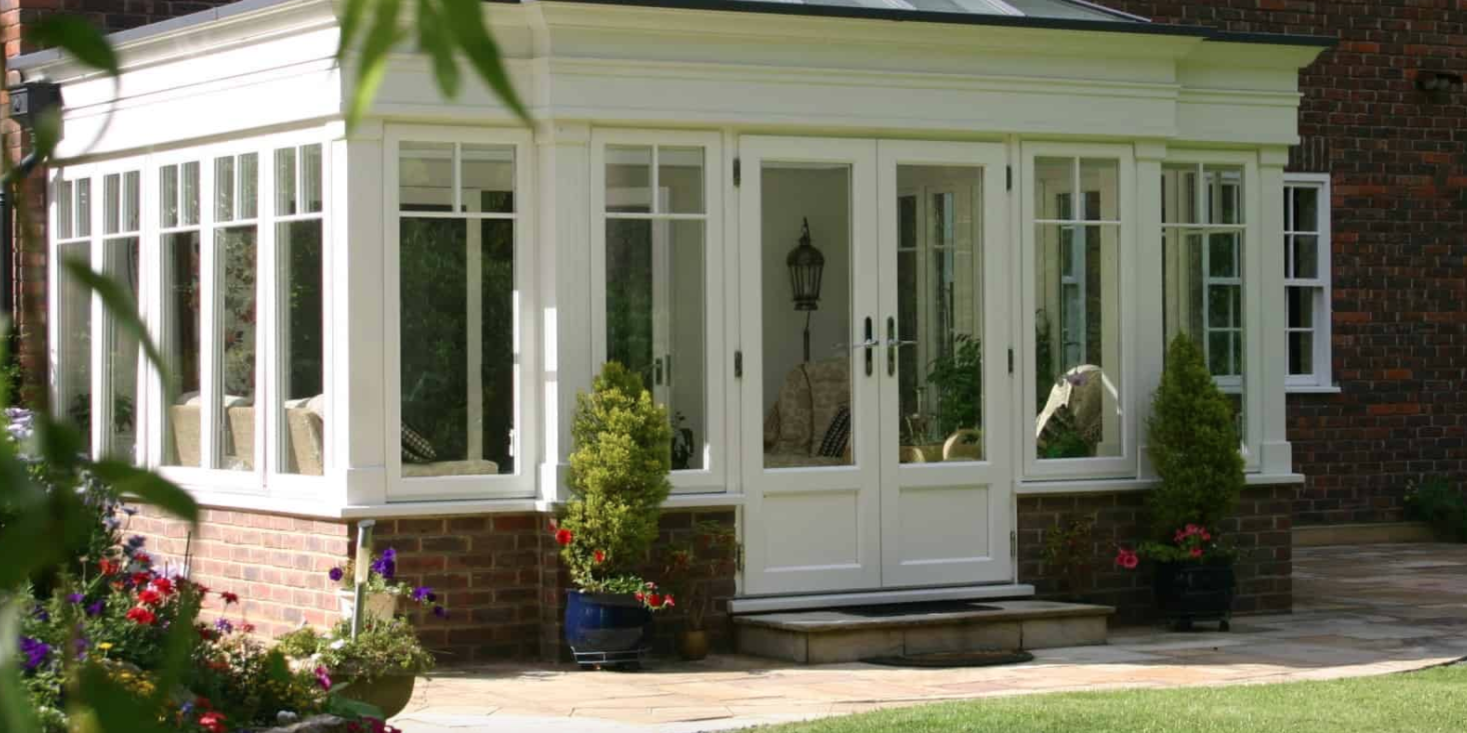ARE ORANGERIES CHEAPER THAN EXTENSIONS
Posted on 12th October 2023 at 23:34
If you want some extra living space in your home, then you’re likely thinking about adding an extension or an orangery to your home. If you want to extend your home or storage, for living space or even to add something like another kitchen or playroom, then adding one of these two options is the perfect way to give your family more space to use.
However, there are some differences between the two and it’s important that you keep their pros and cons in mind before picking one. In this article, we’ll be discussing orangeries and why they’re actually more cost-effective than extensions if you want the extra living space.
THE DIFFERENCES BETWEEN AN EXTENSIONS AND ORANGERIES
An orangery is typically seen as a combination of a conservatory and an extension. It’s made using pillars and typically have a raised glass roof which is reminiscent of a conservatory. This allows the orangery to be flooded with natural light and the construction means that it is cheaper to construct.
On the contrary, an extension is more solid and feels, as the name suggests, like an extension to the home. Depending on how much space you have and if you want the extension to be kept similar to the rest of the home, this can be much more expensive and time-consuming to build.
DIFFERENCES IN THE COST
Orangeries can be created from materials such as hardwood, meaning they’re much cheaper to create and don’t require solid brick like an extension. It’s also possible to create an orangery using a mix of uPVC and wood, meaning that the material cost is substantially lower than that of an extension.
In comparison, extensions are more complicated to deal with. For starters, they require planning permission which can be time-consuming and cost you extra money. Since orangeries typically don’t require planning permission, this is a cost that you can forget about unless you plan to use your orangery as something like a new kitchen that blends with your current living space. It’s classed as a permitted development, but it has to meet certain conditions that are set by the law.
Extensions also typically use sturdier materials because they’re designed to extend the home. This means that your contractor will likely source the same or similar bricks that your current home uses, and they’ll also need to focus on building a solid foundation for the extension to sit on. This can be expensive, time-consuming and much more work than you’d imagine.
FINAL WORDS
Orangeries are more expensive than conservatories, but they offer sturdier construction and more options to adjust the costs depending on your needs. However, do keep in mind that in order to build one without requiring planning permission, you do need to meet certain criteria.
Share this post:



